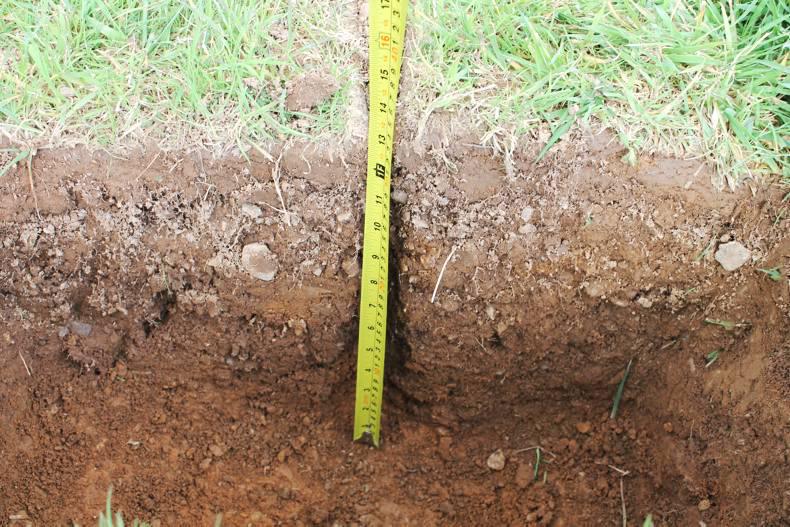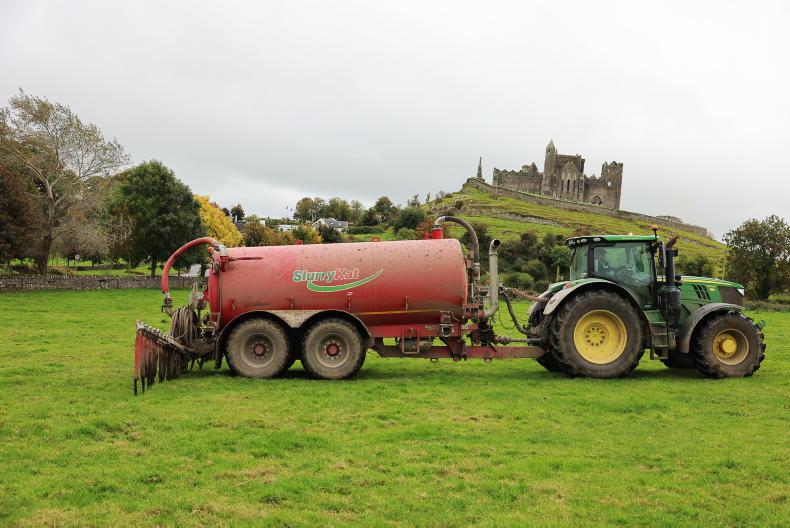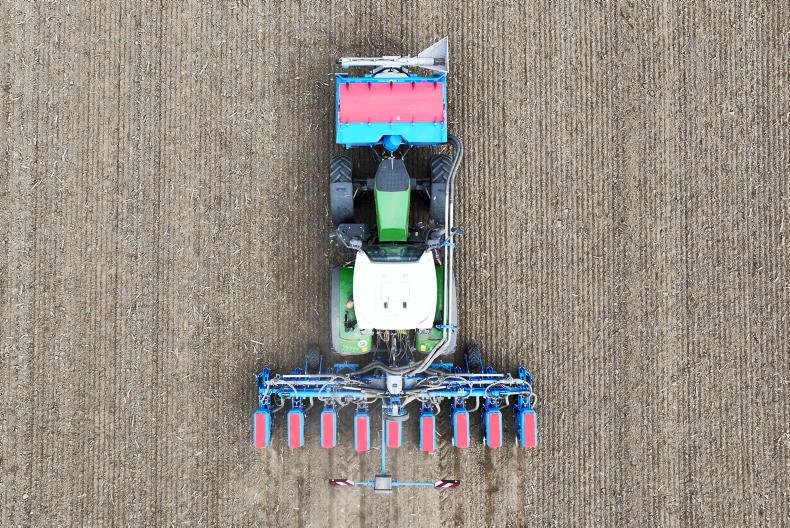Subsoiling or mole draining can be used as an aid to drainage for many Irish soil conditions. Both systems are used differently depending on the soil conditions and the type of drainage problem.
These are most effective when used in addition to field drainage as they depend on the field drains to remove the soil water. They are not considered as a drainage technique in their own right.
Subsoiling or mole draining in the absence of field drains can only be expected to be moderately successful and is rarely long-lasting. The aim of these techniques is to create water movement into the area of permeable fill overhead the field drains to allow for faster water movement into the drains. But they are different in how they work and in terms of soil suitability.
Subsoiling will be effective when subsoils are impervious or when natural or farmer made pans prevent the movement of water and air throughout the soil or down to drains.
Subsoiling is a technique to mechanically burst the soil and artificially create passages that allow the free movement of water and air which in turn allows roots systems to fully develop. To achieve this shattering effect, subsoiling should be done when the subsoil is dry. Subsoiling in wet conditions is of little benefit and may in fact cause further compaction.
The subsoiler lifts and shatters the soil forwards and upwards at an angle of 45 degrees from the tip of the subsoiler leg. It is preferable not to pull the subsoiler leg directly in the track of the tractor wheel. Using a leading disc when subsoiling in grassland conditions will create less surface damage. It should not be necessary in tillage fields, but may help to reduce draught on the tractor.
Subsoiling should be carried out at right angles to the direction of existing field drains. The subsoiler leg should be operated deep enough to break the pan and create a contact with the layer of permeable fill over the field drains.
Avoiding damage
To avoid damage to the field drains, the subsoiler must clear the top of the most shallow field drain pipe by at least 75mm (3in). You can check the subsoiling effect and depth by digging test hole in the field before continuing with the subsoiling.
Subsoiling should be carried out at a depth of not less than 450mm (18in) below the field surface and at about 1.2 metre (4ft) spacings. The aim with subsoiling is to create fissures or cracks in the subsoil. If the depth of the subsoiler is 530mm (21in) shattering may occur at about 45 degrees upwards giving a near field surface interval of 1.2 metres (4ft). The spacings between subsoiler legs or runs in the field should be between 1.0m and 1.4m depending on the depth the subsoiler leg is working at.
Winged subsoilers have been shown to shatter up to 3 times the volume of soil moved compared with a standard subsoiler, while requiring only about 25% more pulling power or draught. The use of shallow leading tines ahead of the main subsoiler tine at half the working depth has been shown to further increase the volume of soil disturbed and decrease the draught by a further 10%.
There is a maximum depth below which soil loosening ceases and channel is formed by the subsoiler leg. This is known as the critical depth. Mole draining is carried out below the critical dept so as to form a permanent channel in the soil, while the aim of subsoiling is to burst the soil open. In Irish conditions, the critical depth for subsoiling rarely exceeds 400mm (16in) for heavy clay soils.
In some heavy clay soils where the soil structure is weak, water can accumulate on the surface and is unable to pass down through the soil to feed into the field drains underneath. To solve this problem it will be necessary to improve the soil structure mechanically to allow the water to drain away. Mole draining provides the cheapest and most effective way of doing this.
The mole drain makes fissures or cracks in the subsoil and at the same time draws a channel in the subsoil clay through which water can pass to a nearby pipe drain and away. The cracking effect of the mole draining extends upwards at an angle of about 45 degrees.
The moles are pulled at spacings of about 2.5 metres (9ft) and at a depth of 530 to 750mm (21 to 30in). Much of the soil between the mole drains will be disturbed during the process.
Mole draining carried out under good conditions will give an immediate drainage benefit. In a suitable clay soil mole drains can remain effective for 5 to 10 years after which fresh moles should be installed.
The mole drainer is different to a subsoiler and uses a leg fitted with circular tip to which is fitted a chain attached enlarger that creates a 75mm (3in) drain. The mole drainer can be used at depths down to 750mm (30in).
The mole drainer must be pulled through the permeable layer of gravel that covers the field drains to be effective. This allows the water to flow from the mole drains to the main drains. Moling in the absence of field drains at spacings from 30 to 80 metres, depending on the soil conditions, will not be effective.
Achieving good moling
The subsoil at moling depth should be moist and plastic enough to compress into a channel and yet dry enough to achieve cracking in the surrounding soil. During mole draining the field surface should be dry enough to provide good grip for the tractor pulling the mole drain without causing damage to the field surface.
In some gley type soils that have high clay contents (grey looking soils), the subsoil may be unstable. This can lead to the rapid deterioration of mole drains. Irish research has developed the gravel mole drain system for these conditions, into which a layer of gravel is inserted by a machine to help maintain the mole drain channel.
This is a more expensive process as the machine is more costly to buy or hire and there is the additional cost of gravel the mole drains. Despite this, it is the only effective way to drain some fields and always in association with field drains.
Mole drains are liable to collapse if they are submerged under water. For this reason for them to be effective the outfall ditches should be deep enough and properly maintained to ensure that the field drain pipes can discharge their water freely.
You need to use the natural fall of a field to achieve good mole draining. An even field slope will be necessary to achieve good moling. On steep slopes, there is a danger that water will flow quickly through the mole drains and create erosion within the mole drains leading to their collapse.










SHARING OPTIONS